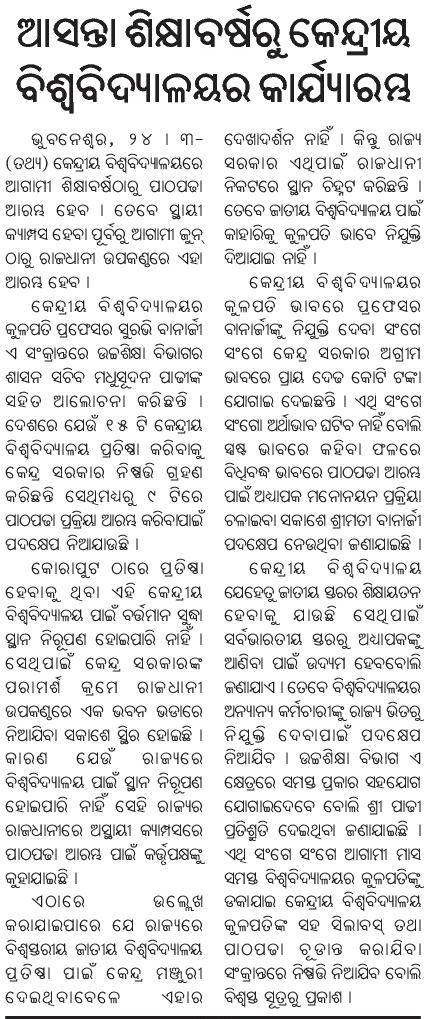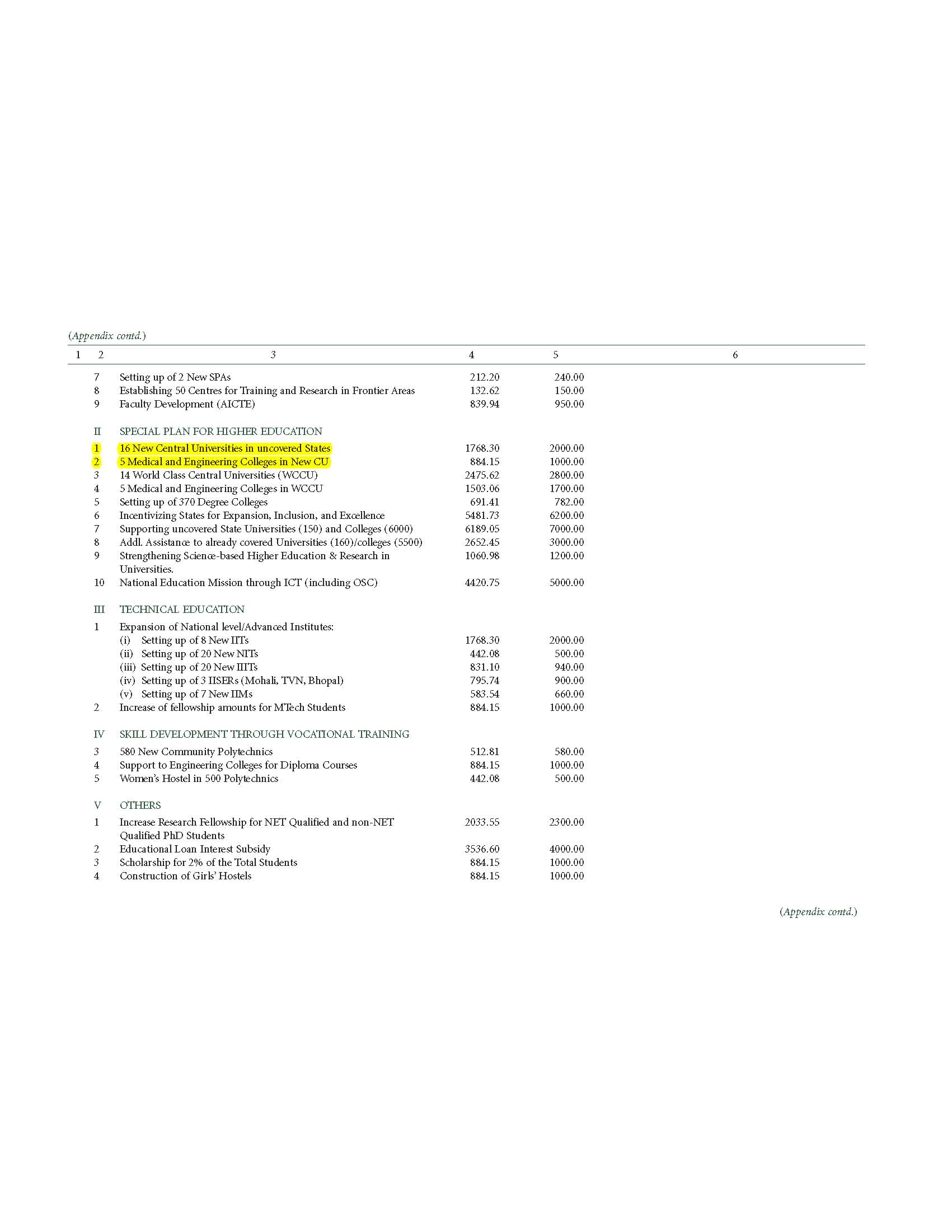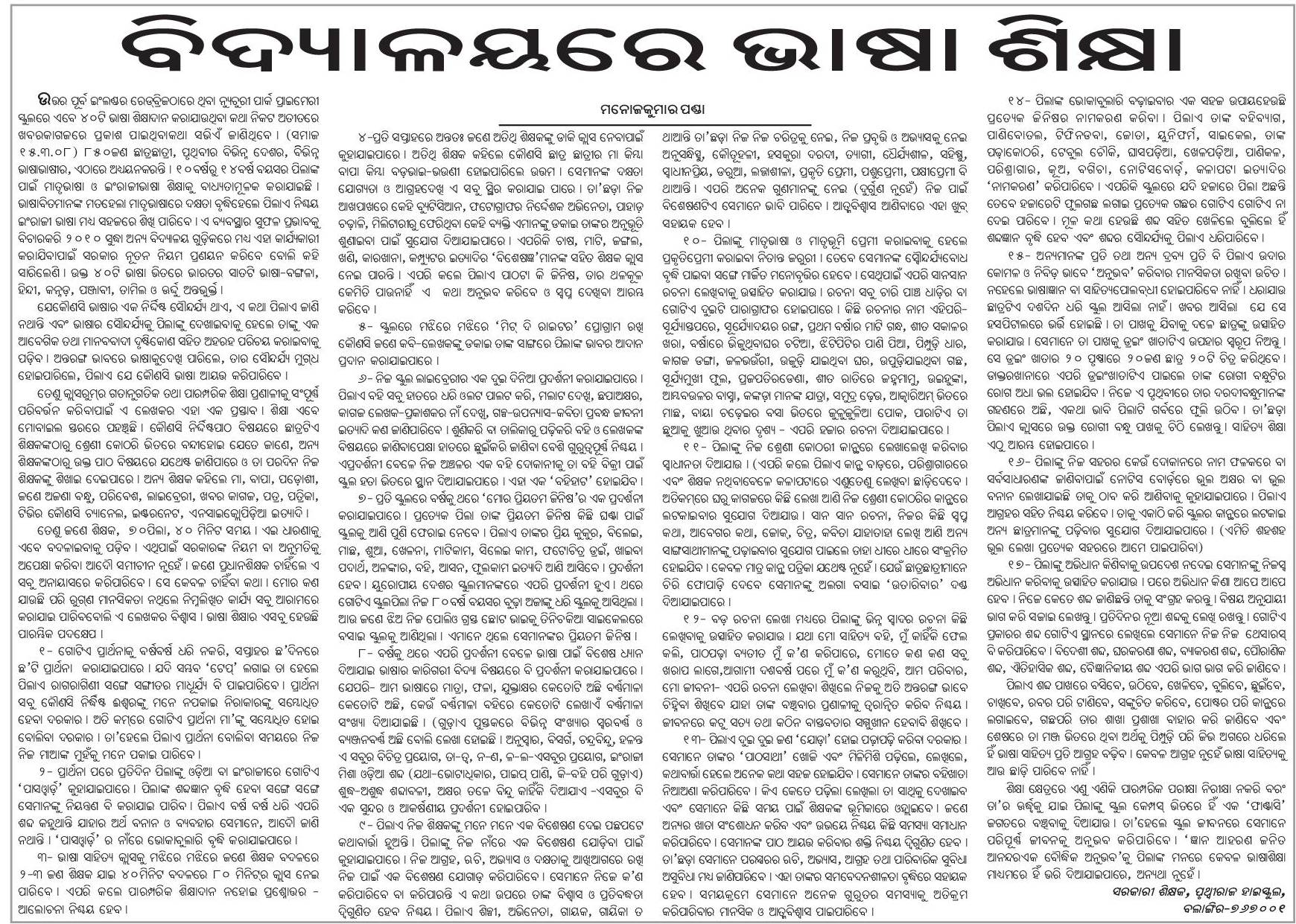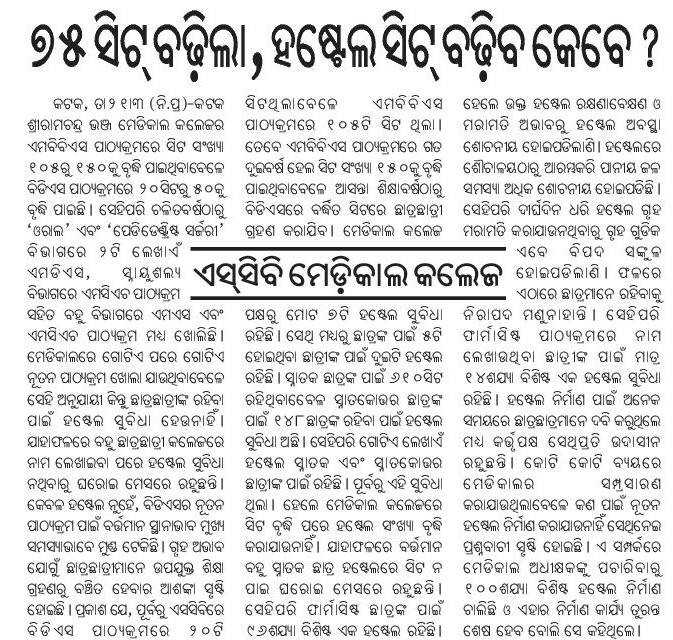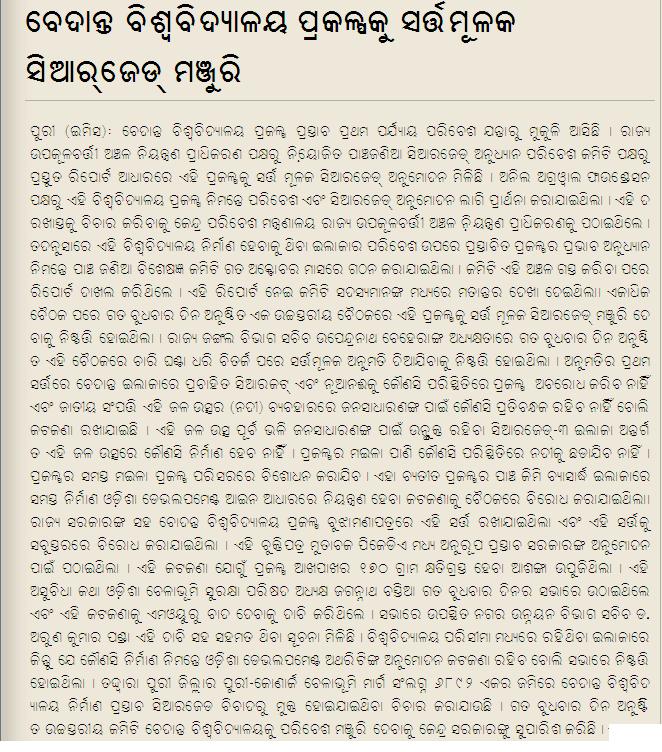Indian mining magnate Anil Agarwal is having a tough time giving away a billion dollars. He’s pledged $1 billion to start a university along the shores of the Bay of Bengal in eastern India’s Orissa state. The grand plan for a 6,000-acre campus looks to Stanford University in California for inspiration. Leading academics would be poached from every corner of the globe. Research centers in bio- and nanotechnology, crop genetics and alternative energy would produce important work. His ultimate dream: When every building is completed and every classroom filled, 100,000 students will be enrolled, making it one of the largest universities in the world on a single campus. A more realistic goal is 10,000 students in the first eight years and double that in the next four. Ground-breaking is expected this month.
No one doubts that India needs more universities. And this would be the country’s most comprehensive, with medical, engineering and business schools all on one campus. But Agarwal’s plan is under attack on all sides. Critics say there is too much secrecy surrounding the land purchases, and they don’t understand why he needs so much land. They point to 18 villages that are in the way–7 will be displaced completely–and water supplies that will be depleted. In November a mob armed with sticks broke up a prayer service to start construction on a highway to the campus, attacked the attendees and damaged some of the construction equipment. The protests have set back the project by two and a half years. What’s more, government approvals have either already expired or been held up.
At the same time Agarwal’s company, Vedanta Resources, is under fire for its mining operation 250 miles away on the other side of Orissa. Its attempt to mine bauxite will destroy the ecology there and force out a tribal community, environmentalists claim. In January tribal members formed a 10-mile human chain in protest. Given all this, even the four academics planning the university are wary of becoming too deeply involved in the project until a clear line is drawn between the university and the company. Agarwal is in complete agreement, but the legislation to formalize that is being held up.
Agarwal, 55, built his fortune through London-listed Vedanta, which operates in India, Australia and Zambia, and mines copper, aluminum, zinc and iron ore. He owns 55% of the company and with the crash in commodity prices, he has seen his net worth plunge from $7.4 billion in November 2007 to $2.4 billion last November. He hasn’t wavered in his philanthropic commitment, though. He still says he will donate 75% of his wealth to the Anil Agarwal Foundation, and the money for the university will come from this. He’s already transferred $250 million to the foundation for the project, but won’t say how much he’s spent on the land and the other costs so far.
Agarwal’s pet cause has always been education, though he didn’t make it to college himself. He credits his father, Dwarka Prasad Agarwal, with the idea of building a university. "My father [who didn’t go to college either] reads a lot," he says. "He told me that great higher education was fundamental to where the U.S. is today. It had the vision, and it created a mass [higher] education system. Because of that it’s produced the best politicians, huge liberal arts programs, best medical research. I always felt that India should have that."
… For the brainstorming session on an engineering school, for instance, he pulled in participants from the National Science Foundation, ucla, Stanford, Princeton, the University of Illinois at Urbana-Champaign and other places. For the session on a business school, participants came from Oxford, Wharton, the Indian Institute of Management, Insead and Nanyang in Singapore. Most of them were of Indian origin.
Agarwal hired Ayers Saint Gross, a Baltimore, Maryland specialist in campus architecture, to design the university, and he wants to move ahead at full speed. But the Indian bureaucracy and the mass protests, sometimes violent, that appear whenever a big project is proposed–such as recent plans to build a Tata car plant in West Bengal and a Posco steel plant in Orissa–have slowed him down. He wanted 10,000 acres, but he had to scale that down to 6,000 and has been able to purchase only 3,900 so far. The acquisition of so much land is a lightning rod for criticism in the region. Some 18 villages will be affected and at least 450 people must be relocated, says the foundation. Agarwal, on the other hand, cites Stanford, which is spread over 8,180 acres.
… Mehta and his academic colleagues are well aware of the controversies surrounding their benefactor. "It’s crucial for the success of the university that there’s a clear separation from the company," he says. "It’s a project in its own right and not a commercial project, and it shouldn’t be used to compensate for other activities of Vedanta. That’s what makes this genuinely philanthropic: if he just hands over this grant and is not expecting any return on this."
Shah agrees. "You’ve got someone who’s genuinely putting down his own resources," he says. "To not support that because I have ideological issues that are unrelated, to me seems to be hypocritical. The history of universities is such. Duke [in the U.S.] was built with tobacco money; this university is as genuine a philanthropic project."
